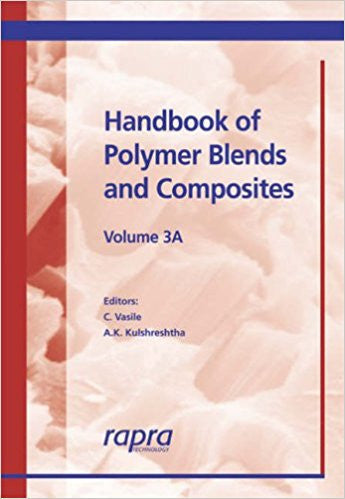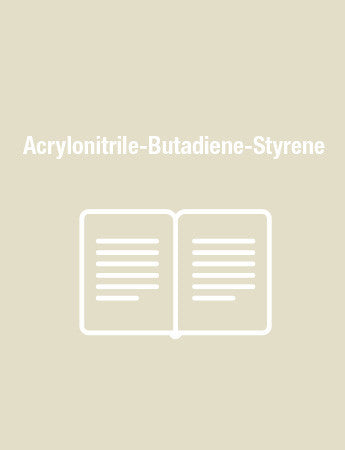Handbook of Polymer Blends and Composites, Volume 3
The extraordinary growth in the use of plastics in the last century is in response to a growing world population, with its increasing demands for more food, better health care, improved housing and numerous cheaper and abundant consumer products. What is expected of the chemical industry in the 21st century is to produce plastics while being aware of the environment, by reducing waste production, reducing the consumption of materials, reducing the demand for energy, reducing the use of non-renewable resources, and reducing risks, hazards and costs. The topics of this handbook try to answer these questions in a specific way by using simple rules of mixing. Polymer blending is a very useful and versatile strategy for the polymer chemist for designing new materials that potentially fulfill these new 'green' requirements.
This four volume handbook, Handbook of Polymer Blends and Composites is intended to provide an overview of the theory and application of polymer blends and composites. The first two volumes are concerned with the state-of-the-art of composites' development, characteristics of particulate fillers and fibre reinforcements and interface characteristics, main procedures of composites manufacture and their applications. The other two volumes are dedicated to polymer blends.
Practical and theoretical investigations are presented, which are aimed at generating an understanding of the fundamental nature of polymer mixtures and composites and describing progress in the thermodynamics of mixing (both in solution and solid state) of binary and multi-component systems.
This book will be useful to students, researchers, academics, and workers in the industry, who have an interest in polymer blends and composites.
This four volume handbook, Handbook of Polymer Blends and Composites is intended to provide an overview of the theory and application of polymer blends and composites. The first two volumes are concerned with the state-of-the-art of composites' development, characteristics of particulate fillers and fibre reinforcements and interface characteristics, main procedures of composites manufacture and their applications. The other two volumes are dedicated to polymer blends.
Practical and theoretical investigations are presented, which are aimed at generating an understanding of the fundamental nature of polymer mixtures and composites and describing progress in the thermodynamics of mixing (both in solution and solid state) of binary and multi-component systems.
This book will be useful to students, researchers, academics, and workers in the industry, who have an interest in polymer blends and composites.
Terminology, Thermodynamics of Multicomponent Polymer Systems, Phase Behaviour, Interface (Interphase) in Demixed Polymer Systems, Water Soluble Polymer Blends - Phase Behaviour and Complex Formation, Water Soluble Polymer Blends - Applications, Reactive Polymer Blending, Inter-Penetrating Networks, Heterofibres, Glass Transition in Polymer Blends, Crystallization in Polymer Blends, Effect of Radiation on Polymer Blends, Polymer Blend Ageing, Degradation Behaviour of Polymer Blends and Thermal Methods for Plastics Waste Treatment, Singular Thermal Behavior of Polystyrene/Polydimethylsiloxane Blends.
The first two volumes (of which this is the second) are concerned with the state-of-the-art of composites' development, characteristics of particulate fillers and fibre reinforcements and interface characteristics, main procedures of composites manufacture and their applications.




